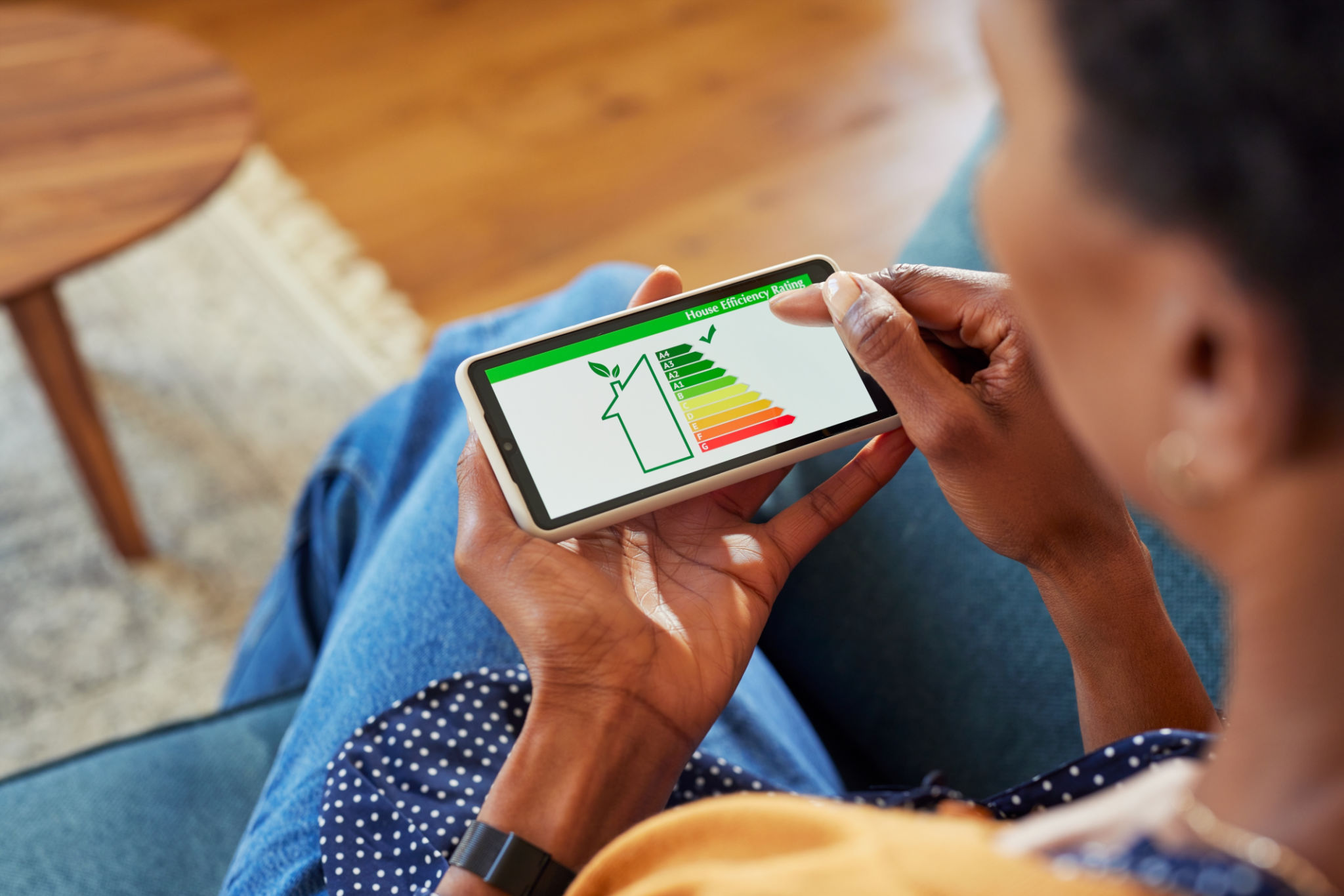DIY Home Energy Efficiency: When to Call in the Experts for Blower Door Testing
Understanding Home Energy Efficiency
As homeowners become increasingly conscious of their energy consumption, the concept of home energy efficiency has gained significant traction. Efficient energy use not only reduces utility bills but also minimizes the environmental footprint of a household. While there are numerous DIY measures one can take to improve home energy efficiency, certain assessments, like blower door testing, may require professional intervention.
Blower door testing is a crucial step in identifying air leaks in your home. This test provides a comprehensive analysis of how airtight your home is and highlights areas that need improvement. However, knowing when to call in the experts for this test can be as important as the test itself.

DIY Energy Efficiency Measures
There are several DIY methods you can implement to enhance your home's energy efficiency. Simple actions such as sealing windows and doors, adding weather stripping, and using energy-efficient appliances can make a considerable difference. These tasks are not only cost-effective but also relatively easy to execute with basic tools and materials.
Moreover, installing programmable thermostats and switching to LED lighting are additional steps you can take on your own. These small changes may significantly reduce your energy consumption and contribute to long-term savings.
The Role of Blower Door Testing
A blower door test involves temporarily mounting a powerful fan into the frame of an exterior door. The fan pulls air out of the house, lowering the air pressure inside. The higher outside air pressure then flows in through all unsealed cracks and openings, helping to identify them. This test is vital for pinpointing air leaks that might not be visible to the naked eye.

While some homeowners might consider renting equipment and conducting a blower door test themselves, it's generally recommended to hire a professional. Experts have the necessary skills and experience to accurately interpret the results and suggest appropriate solutions.
When to Call in the Experts
There are specific scenarios when it's wise to engage professionals for blower door testing:
- Lack of Experience: If you are unfamiliar or uncomfortable with handling specialized equipment, it’s best to leave it to the experts.
- Complex Home Layout: Homes with intricate designs or multiple levels may require a more detailed assessment that professionals can provide.
- Comprehensive Results Needed: Professionals can offer not only the test results but also detailed recommendations for improvements.
The Benefits of Professional Testing
Hiring a professional for blower door testing ensures thoroughness and accuracy. Experts use advanced equipment and have an eye for detail that might be missed in DIY attempts. They can efficiently locate leaks that could otherwise go unnoticed, ensuring that your home is as energy-efficient as possible.

Moreover, professionals can provide tailored advice based on your home's specific needs. Their insights help in prioritizing repairs and improvements, making sure you get the best return on your investment.
Maximizing Efficiency Post-Test
After receiving the results of a blower door test, it is crucial to act on the recommendations provided by the experts. Implementing suggested measures such as sealing ducts, adding insulation, or upgrading windows can significantly enhance your home's energy efficiency.
Continually monitoring and maintaining these improvements ensures sustained energy savings and a more comfortable living environment year-round.
Conclusion: Balancing DIY with Professional Help
While many home energy efficiency projects can be tackled on your own, knowing when to call in professionals for tasks like blower door testing is essential. Their expertise not only ensures precise results but also provides valuable guidance for further improvements.
By balancing DIY efforts with expert assistance, you can achieve optimal energy efficiency in your home, leading to lower utility bills and a reduced environmental impact.